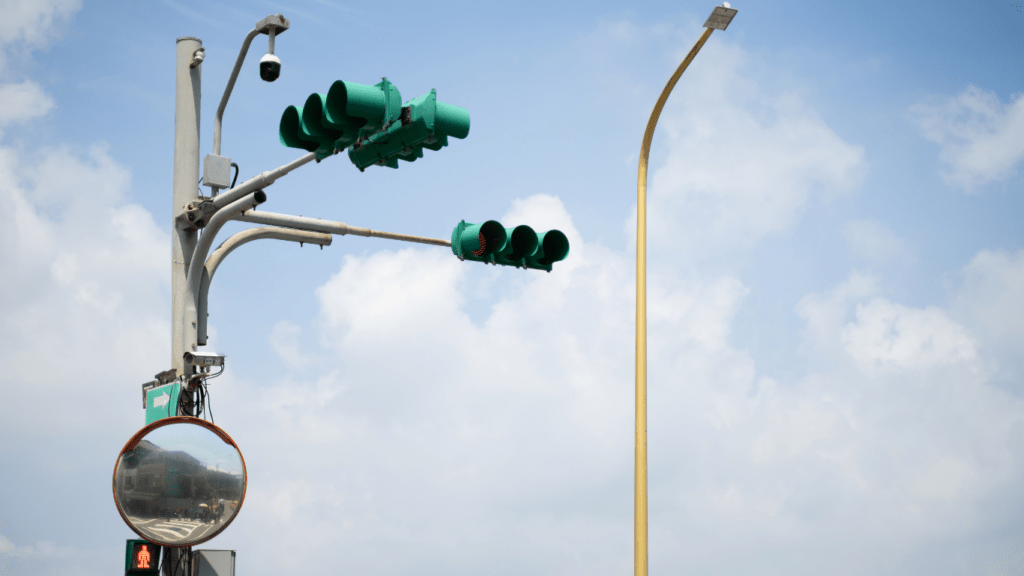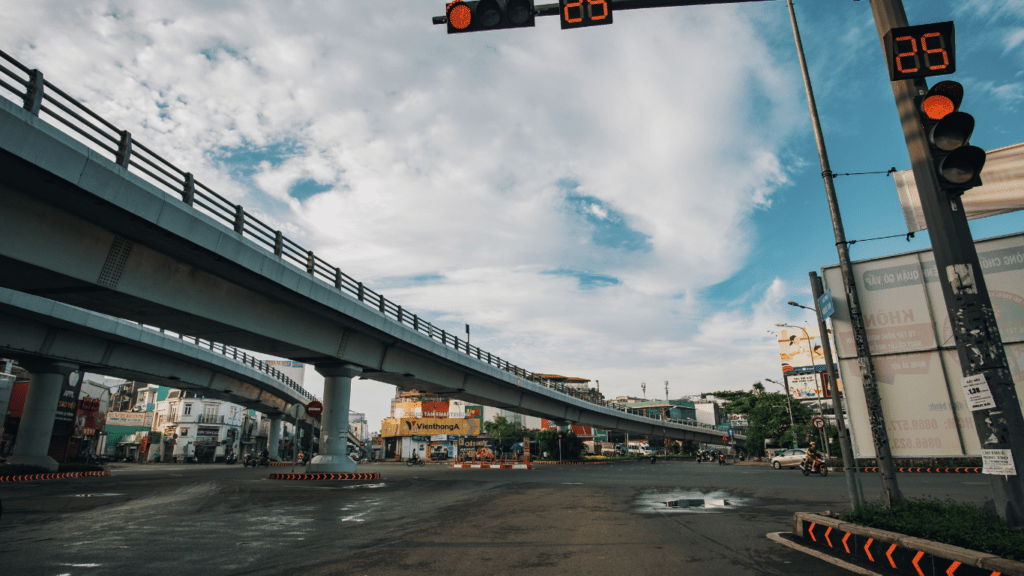Exciting developments in Vehicle-to-Everything (V2X) communication are revolutionizing the way vehicles interact with their surroundings. As an expert in the field, I’m thrilled to explore the latest advancements that are shaping the future of transportation. From enhancing road safety to optimizing traffic flow, V2X technology is paving the way for a more connected and efficient driving experience.
In this article, I’ll delve into the cutting-edge innovations driving V2X communication forward and discuss how this technology is set to transform the automotive industry. With real-time data exchange between vehicles, infrastructure, pedestrians, and other road users, V2X is opening up a world of possibilities for smarter, safer, and more sustainable transportation systems. Join me as we unravel the potential of V2X communication in shaping the next generation of intelligent mobility solutions.
The Essence of Vehicle-to-Everything (V2X) Communication
Vehicles communicating with everything around them through V2X technology is at the forefront of transforming transportation systems. As an expert in the field, I delve deeper into the latest advancements driving this innovation.
Defining V2X in Modern Traffic Systems
V2X, an advanced form of communication, allows vehicles to interact with not just each other but with everything in their vicinity, including infrastructure and pedestrians. This real-time data exchange plays a pivotal role in enhancing road safety and optimizing traffic flow.
The Core Technologies Behind V2X
The backbone of V2X communication comprises technologies such as Dedicated Short-Range Communication (DSRC) and Cellular Vehicle-to-Everything (C-V2X). DSRC enables direct vehicle-to-vehicle and vehicle-to-infrastructure communication, while C-V2X utilizes cellular networks for a wider reach and better reliability. These technologies are revolutionizing how vehicles communicate, paving the way for a more connected and efficient driving experience.
Recent Technological Breakthroughs in V2X
I’m thrilled to delve into the recent technological breakthroughs in V2X communication that have been shaping the future of transportation systems.
- Enhanced Communication Protocols
Innovations in V2X technology have led to enhanced communication protocols, allowing vehicles to interact seamlessly with each other, infrastructure, and pedestrians. By optimizing the exchange of real-time data, these protocols ensure safer road environments and more efficient traffic flow. Dedicated Short-Range Communication (DSRC) and Cellular Vehicle-to-Everything (C-V2X) are at the forefront of these advancements, revolutionizing the way vehicles communicate and paving the path for intelligent transportation systems. - Innovations in Security Measures
Recent advancements in V2X communication have also focused on enhancing security measures to protect data exchanged between vehicles and infrastructure. By implementing robust encryption protocols and authentication mechanisms, V2X systems ensure the integrity and confidentiality of communication, preventing cyber threats and unauthorized access. These innovations play a crucial role in building trust among users and stakeholders in the V2X ecosystem, fostering a secure and reliable environment for connected vehicles and smart infrastructure.
Impacts of V2X on Traffic Management and Safety
As V2X technology continues to evolve, its influence on traffic management and safety is becoming increasingly significant. Let’s delve into the specific impacts of V2X on these crucial aspects:
Improving Road Safety Through Cooperative Systems
Enhanced by V2X capabilities, cooperative systems facilitate real-time communication between vehicles, infrastructure, and pedestrians. This enables vehicles to exchange critical safety information, such as potential road hazards, upcoming traffic conditions, and pedestrian movements. By fostering this seamless interaction, V2X plays a pivotal role in preventing accidents, reducing collision risks, and enhancing overall road safety.
Streamlining Traffic Flow and Reducing Congestion
V2X communication empowers vehicles to make informed decisions based on real-time traffic data, leading to optimized traffic flow and reduced congestion. By leveraging V2X technology, vehicles can receive updates on traffic conditions, adjust routes dynamically, and coordinate with traffic signals to maintain smooth traffic flow. This proactive approach not only minimizes travel times for drivers but also contributes to a more efficient transportation network by mitigating congestion hotspots and enhancing overall traffic management.
Future Directions in V2X Technology
Continued advancements in V2X technology are paving the way for exciting developments and projects that aim to further enhance transportation systems and drive innovation in connected mobility.
Potential Developments and Upcoming Projects
As V2X technology evolves, we can expect to see the integration of Artificial Intelligence (AI) and Machine Learning to enhance predictive capabilities, enabling vehicles to anticipate and react to traffic conditions proactively. Additionally, advancements in sensor technology will facilitate more precise localization and mapping, improving the accuracy of V2X communications for enhanced safety and efficiency on the roads.
Furthermore, upcoming V2X projects are focusing on expanding the scope of communication beyond vehicles and infrastructure to include vulnerable road users such as cyclists and pedestrians. This broader network connectivity aims to create a truly interconnected transportation ecosystem that prioritizes safety and seamless mobility for all road users.
Challenges and Opportunities Ahead
While the future of V2X technology holds immense potential, there are notable challenges that must be addressed to maximize its benefits. One key challenge is standardization across V2X technologies to ensure interoperability and seamless communication between diverse systems. Overcoming regulatory hurdles and establishing universal protocols will be crucial in unlocking the full potential of V2X technology.
Moreover, the increasing complexity of V2X systems poses security and privacy concerns that need to be addressed through robust encryption methods and secure authentication mechanisms. As the volume of data exchanged between vehicles and infrastructure grows, safeguarding against cyber threats and ensuring data integrity will be paramount to maintaining trust and reliability in V2X networks.
In navigating these challenges, there are significant opportunities for collaboration among industry stakeholders, governments, and researchers to drive innovation and shape the future of V2X technology. By addressing these challenges head-on and seizing opportunities for continued advancement, we can unlock the full potential of V2X technology in revolutionizing transportation systems and creating safer, more connected roads for the future.




